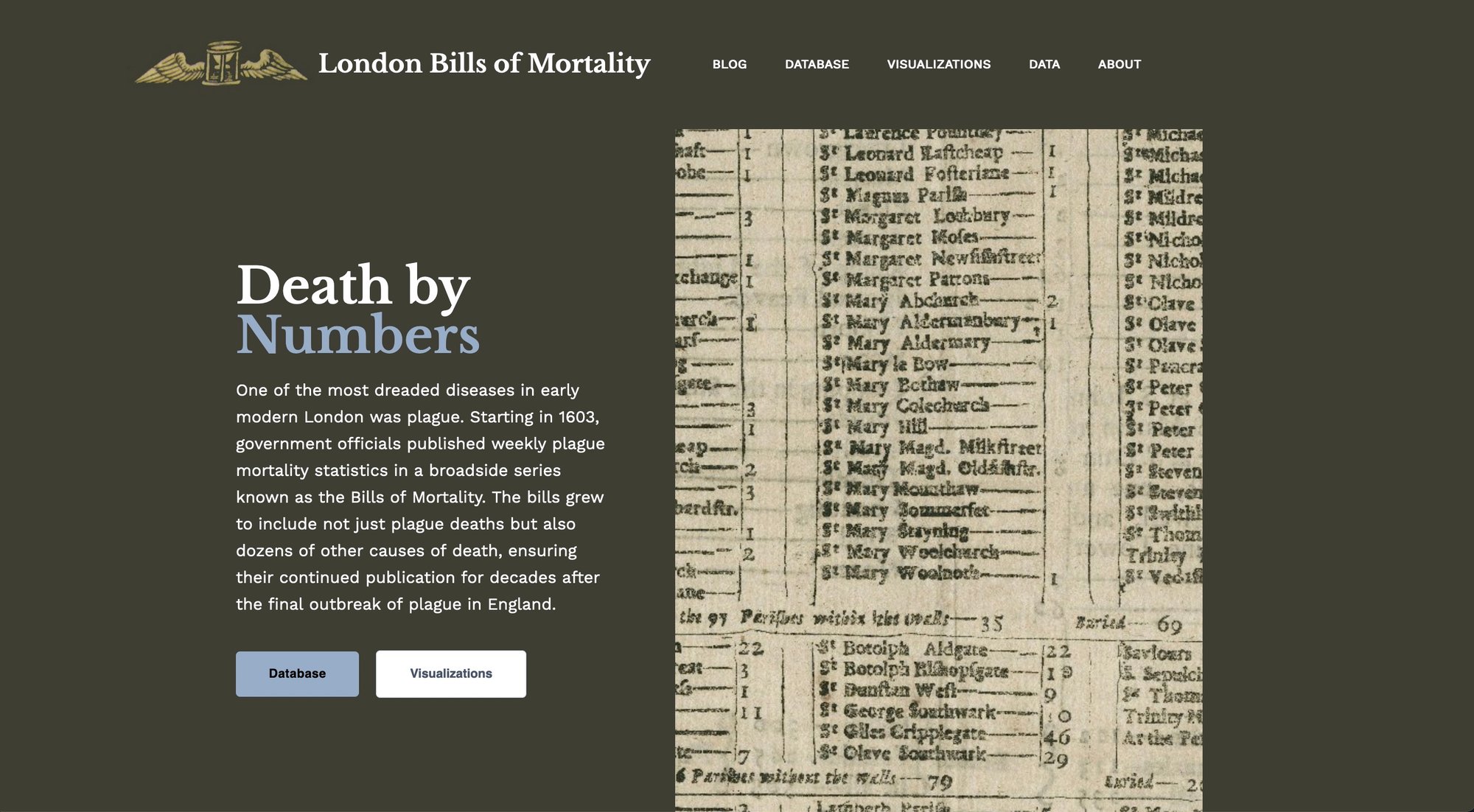Breve No. 6: Mapping Music
Lately, one thing occupying my time is a map for Hearing the Americas. The early twentieth century were the first decades of recorded music, which Hearing the Americas examines through U.S. and Latin American music. Record companies had only begun to form ideas about genre and marketing. This is all happening before jazz, folk, country, Latin, or blues existed as tangible genres, so the project as a whole seeks to understand and explain how styles and techniques were marketed.
The map focuses on a section of this story, visualizing record scouts and the number of music recordings they made across Latin and South America between 1902 and 1926.

I like the interaction design we’ve ended up with. In an earlier phase of the map there was only a map and a tooltip that showed you data as you moused over cities. But, we wanted to both reveal a bit more data and provide a way for a reader to listen to a music clip. It was too much to wedge into a single tooltip (and the interactions I experimented with were too confusing), so we have a two-column layout to display the map and related data when you click on a city. It works well. We hope to have it up online in the next couple of weeks.
Relatedly, as part of this project I've also been working through updates in our data API to return GeoJSON data derived from Natural Earth shapefiles. It's a nice bit of enrichment to our infrastructure that will continue to serve several projects down the line.
I'm very pleased with the design I've come up with for the aforementioned Bills of Mortality project. The project will soft launch soon.

One of the other big topics top of mind for me is the shift we've made in our tech stack around RRCHNM. We're making a new push towards simplicity and creativity, and towards that end one of the big decisions we came to was to integrate Django and Python into our lingua franca of the Center. That's right. After years of being a Rubyist I'm becoming a Pythonista. I still love Ruby as a language (even if some of our friends think we're lost souls), but for the kind of work we want to do Python is a better fit.
I'm eager to hop on to the next project that will utilize Django. It may very well be this one.
I know I keep saying this, but the book really is nearly done. I'm working though some edits and sending it back to the press within the next week.
One of my goals for the year is to get more words out in the world. As part of that, I've made a few changes to the web spaces where I write. One of these, of course, is the newsletter you're reading---I'm hoping to write here a bit more frequently, aiming for once a month. But I've also started a subscription for my micro.blog posts (which is mostly book logging and photos), as well as updating my RSS feeds on my website. I hope you'll follow along.
I've also set up a way for you to buy me a coffee, if it so moves you.
Over on the blog, I wrote about my yearly theme.
I’m finding Val Town, a platform for tiny cloud computing, intriguing. Small, simple functions that—-here’s the kicker—-can be shared publicly and other people can incorporate those into their own functions. Pretty neat.
Here’s a book about making a browser, using the browser.
Rach Smith is tired of timelines. So is Luke Harris.
"With her human-centered approach to corporate interiors, Florence Knoll (née Schust) nearly single-handedly reinvented the postwar American workplace. From communal lounges to art-covered walls, Knoll deserves credit for the more residential comforts that are hallmarks of desirable offices today. As architect, interior designer and entrepreneur, perhaps no other person did more to popularize modern design than Knoll. The eponymous company that she co-owned with her first husband, Knoll, manufactured some of the most iconic modern furniture pieces of the midcentury era — many of which are in production today.”